Orthodontic treatments have come a long way in providing solutions that cater to aesthetics and functionality.
Among these advancements, lingual braces stand out as a revolutionary option.
These braces are attached to the back of the teeth rather than the front, making them a popular choice for those who prefer a more discreet way to achieve a perfect smile.
With the increasing demand for non-visible treatments, lingual braces have garnered attention, especially among adults and professionals who are self-conscious about wearing traditional metal braces.
Despite their growing popularity, many remain unaware of how these ‘hidden’ braces work and the benefits they bring.
In this article, we delve into the intricacies of lingual braces, exploring their application process, advantages, potential drawbacks, and how they compare to other orthodontic solutions available in the United States.
The Mechanics of Lingual Braces
Lingual braces operate similarly to conventional braces but with one key difference—they are affixed to the inner surfaces of your teeth.
This positioning makes them invisible from the outside, which is particularly appealing to those who prefer a stealthier approach to orthodontics.
Manufacturers custom-make them to fit each patient's teeth, using advanced imaging and CAD/CAM technology to ensure precision alignment throughout the treatment.
The installation process can be more time-consuming and complex than traditional braces due to their location and the need for customization.
Orthodontists trained in this specialized technique are essential as they possess the skills necessary to adjust the braces efficiently.
Advantages Over Traditional Braces
One of the primary advantages of lingual braces is their inconspicuous nature.
This makes them a favored alternative for adults including professionals who cannot afford the potential impact on their appearance during social or work-related interactions.
Unlike clear aligners which must be removed during meals or cleaning, lingual braces stay affixed, ensuring that teeth get uninterrupted treatment.
Additionally, they are effective for difficult cases involving complex tooth rotations or extensive spacing issues.
Their internal placement makes them ideal for patients with nickel allergies, as many lingual braces are made from gold or other non-allergenic materials.
Studies also suggest better adherence to treatment plans, primarily because patients cannot remove them on their own.
Potential Challenges and Considerations
As advantageous as lingual braces are, they come with certain challenges that potential users should consider.
Over time, as patients get accustomed to their presence, these issues typically resolve.
Regular dental visits for adjustments are crucial, and some may consider the appointment frequency as a minor inconvenience.
It's essential to have a thorough consultation with an orthodontist to understand all considerations before proceeding with lingual braces.
Comparing Lingual Braces to Other Invisible Options
Besides lingual braces, other 'invisible' orthodontic solutions include clear aligners like Invisalign.
While clear aligners are removable and less invasive, they may not suit all dental conditions, especially complex cases.
Lingual braces, however, offer robust solutions for various dental corrections.
They cannot be removed during treatment,
providing consistent adjustments until the teeth align correctly.
In terms of treatment duration, lingual braces might take slightly longer or require the same time as traditional braces or clear aligners, contingent on individual cases.
Nonetheless, their results are just as impressive, offering a viable alternative to those seeking function and invisibility.
Success Stories and Case Studies
Many patients across the US have reaped the benefits of choosing lingual braces.
For instance, a case study from New York highlighted how a patient with severe crowding achieved a perfectly aligned smile after 18 months of wearing lingual braces.
Despite initial speech challenges, the patient adapted quickly, returning to routine within weeks.
Another success story involves a Californian entrepreneur who appreciated the discretion lingual braces provided during important business meetings.
Such testimonials underscore the braces' effectiveness and how they can transform smiles with minimal lifestyle interruption.
Lingual braces offer long-lasting results, proving that orthodontic innovation continues to push boundaries in cosmetic dentistry.
Choosing the Right Orthodontist
Selecting an experienced orthodontist is crucial when considering lingual braces.
Given the specialization required, not all practitioners offer this service, so it's essential to research and consult professionals specifically trained in this technique.
During initial consultations, potential patients should query about previous experience with lingual braces and possibly request to see before-and-after cases.
Ensuring comfort and confidence with your chosen orthodontist can make a significant difference throughout the treatment process.
At Dentistry Toothtruth, our specialists have the expertise and resources necessary to guide patients through their orthodontic journey with precision and care.
Lingual braces represent a significant leap forward in orthodontic treatment, providing an effective yet discreet option for those seeking to improve their smiles without the visibility of traditional braces.
By affixing to the back of the teeth, they offer a unique balance of invisibility and strength.
While challenges exist, their benefits often outweigh initial discomfort, especially with the proper professional guidance.
For individuals exploring orthodontic solutions, lingual braces present an attractive option worth considering.
Consulting with specialized orthodontists, such as those at Dentistry Toothtruth, ensures personalized treatment plans adhering to your specific needs.
Ultimately, achieving a desired smile can significantly impact self-esteem and interpersonal communications—a goal well within reach with the right orthodontic choice.

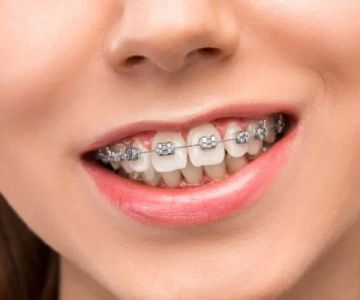
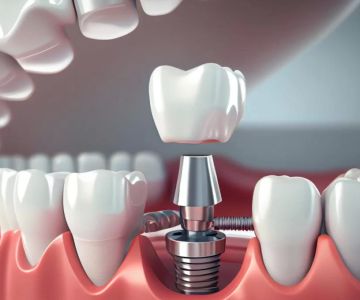
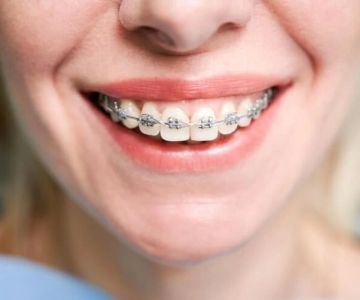
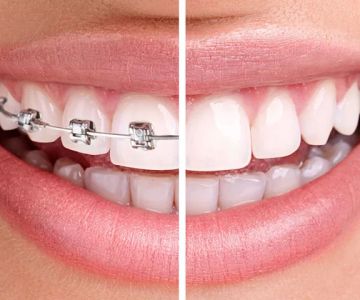
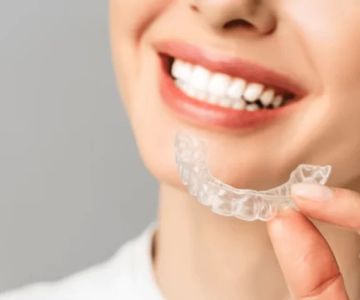
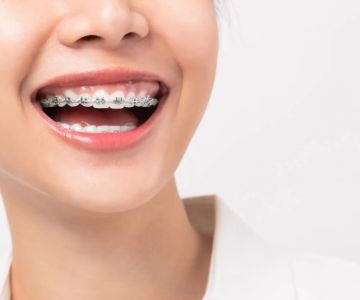
 Westgate Dental Arts
Westgate Dental Arts Coventry Family Dental
Coventry Family Dental Familia Dental
Familia Dental Dr. Daniel S. Fife, DDS
Dr. Daniel S. Fife, DDS Dentistry At Suburban Square: Michael I. Wollock, DMD
Dentistry At Suburban Square: Michael I. Wollock, DMD Comfort Care Dental
Comfort Care Dental The Importance of Oral Health Education During Pregnancy for a Healthy Pregnancy
The Importance of Oral Health Education During Pregnancy for a Healthy Pregnancy Why Skipping Dental Checkups Can Lead to Bigger Oral Health Problems
Why Skipping Dental Checkups Can Lead to Bigger Oral Health Problems Advantages of Porcelain Dental Restorations
Advantages of Porcelain Dental Restorations Best Tips for Brushing Your Teeth Properly for Healthy Gums: Essential Techniques for Oral Health
Best Tips for Brushing Your Teeth Properly for Healthy Gums: Essential Techniques for Oral Health How Can Diabetes Cause Tooth and Gum Problems? Preventing and Managing Oral Health Issues
How Can Diabetes Cause Tooth and Gum Problems? Preventing and Managing Oral Health Issues Healthy Habits for Promoting Good Oral Health and Hygiene: Tips for a Healthy Smile
Healthy Habits for Promoting Good Oral Health and Hygiene: Tips for a Healthy Smile